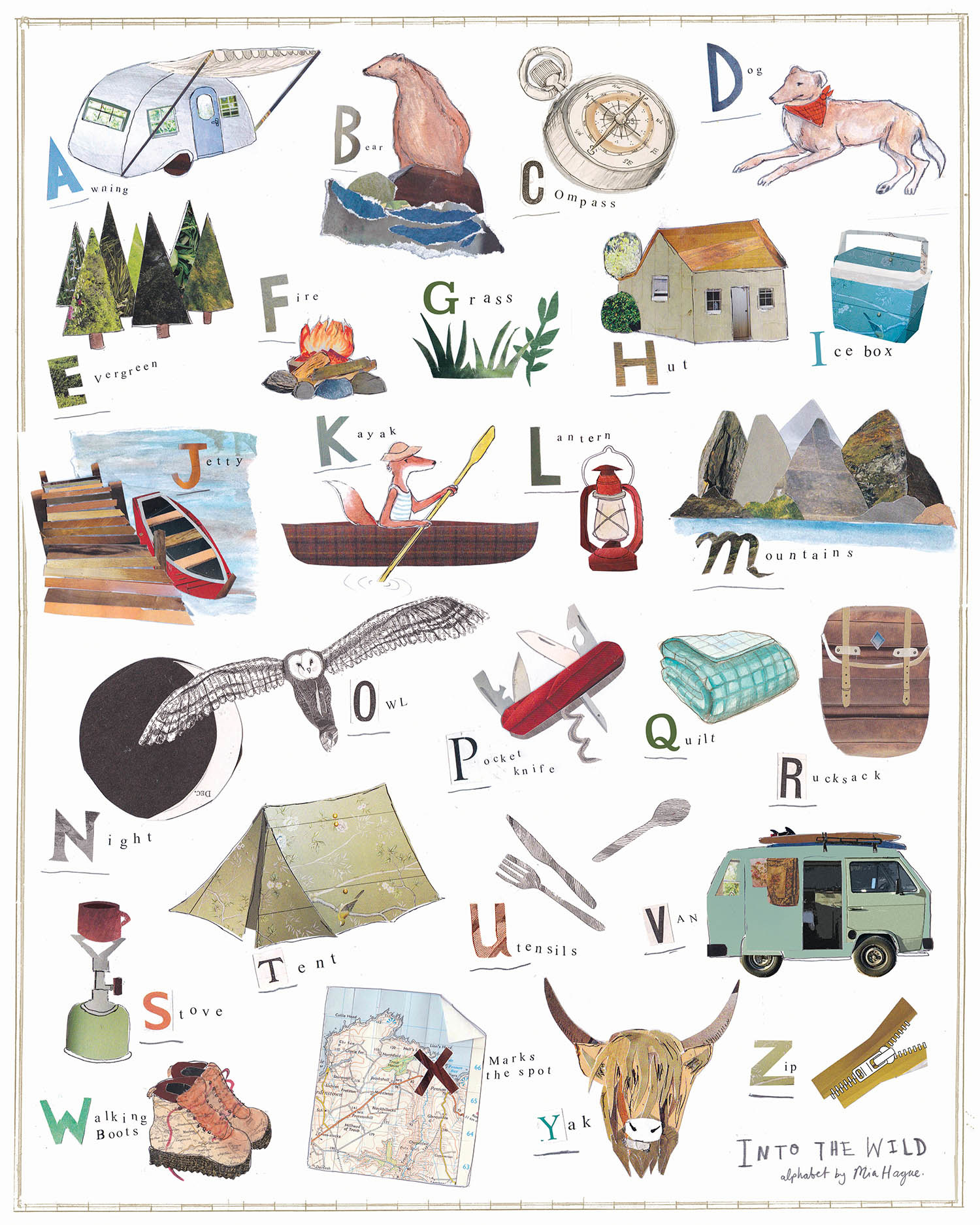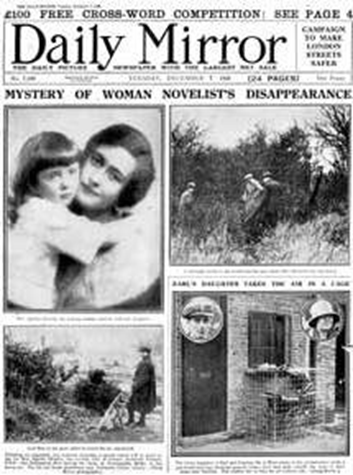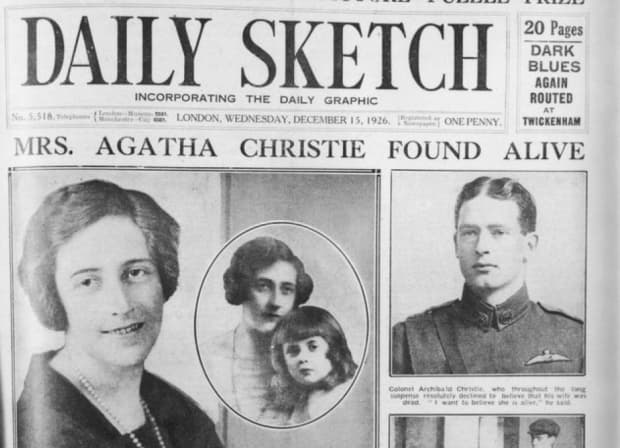September Notables.
You have to write the book that wants to be written. And if the book will be too difficult for grown-ups, then you write it for children.
Madeleine L'Engle
I’m gathering a few items collecting on my desk now that September has reached a halfway point. Already. Sheesh.
How is it that the minute it turns September, fall seemed to arrive as if meeting an appointment? As pretty and invigorating as fall often is, I for one am not ready to say good-bye to the pleasures of summer. I am holding on to the hope of a warm and lengthy Indian summer. The cold comes soon enough, don’t you think?
I did put some touches of fall into the house, but no pumpkins, please, yet. Nada.
Three cool artists:
Welsh collage artist Mia Hague, who I found as an artist on a greeting card. Having a passion for alphabets, I particularly enjoyed this one.
©Mia Hague
©Mia Hague
Children’s books illustrator and greeting card artist, Pamela Zagarenski. “I wanted to be Beatrix Potter. Dr. Seuss. Maurice Sendak. Shel Silverstein. Charles Schultz. They were my inspiration. I never questioned my answer: I would be an illustrator of children’s books.”
Full interview this interesting illustrator is here.
©Pamela Zagarenski
Russian illustrator Vladmir Rodinsky. I love his free-wheeling, funny, childlike style and I have all of the books below in my collection of picture books. As I was preparing to post the work of this illustrator, I discovered this obituary instead, posted for his death from leukemia on September 11. I am sorry the world has lost this artist.
Google images
Two notable birthdays:
1
Drawn on Procreate.
She is listed in The Most 100 Influential Women of All Time (Deborah G. Felder)…and yet she is another woman I had not heard of. Her name is Nadia Boulanger. She lived from 1887 to 1979 and was a French composer, conductor and “one of the most influential figures in music in the twentieth century.” It was her role as a music teacher earned her this distinction of influence. She taught in Paris but also at American universities and Juillard. One of her pupils, Aaron Copland, said of her:
“She knew everything there was to know about music; she knew the oldest and the latest music; pre-Bach and post-Stravinsky, and knew it cold. All the technical know-how was at her fingertips.”
She was the first woman to conduct the Royal Philharmonic, the New York Philharmonic, and Philadelphia Orchestra, and the Boston Symphony Orchestra. At 80, she was asked about retiring and said, “I never think of age. I’ve no time. I work. Retirement? I don’t know what the is. One works or one cannot work - that would be death,” then worked until she lost her sight and mobility in her nineties.
2
Google Image altered in Photoshop
Agatha Christie, aka The Queen of Crime, was born September 15, 1890. Ten things you might now have known. Maybe.
One billion copies of her novels in English and another billion in translation in 103 languages. Only the Bible and Shakespeare outsold her.
The world’s longest-running play, The Mousetrap, was developed from a short story by Christie. It ran longer than all of Andrew Lloyd Weber plays combined.
Her mother, herself well-read, and well-off, did not want her to read until she was eight, but Agatha, bored as an “afterthought child” taught herself at 5.
She was an accomplished pianist as a child but, because of her extreme shyness, did not pursue piano as a profession although she was encouraged to do so.
She wrote her first mystery on a dare during World War I when working in a dispensary. She started writing partly in response to a bet from her sister that she couldn’t write a good detective story and and to relieve the monotony of the daily work.
Agatha’s 10-day mysterious disappearance has never been fully explained and she never spoke of it afterward.
7. A prolific writer, she wrote 2-3 books in a year and 66 novels in her lifetime.
8. She wrote romantic novels under the pseudonym Mary Westacott until it was discovered and made public.
9. There are many who believe that The Murder of Roger Ackroyd (1926) is the single greatest whodunit ever written.
10. Hercule Poirot (whom she later despised but was stuck with) was said to have been inspired when Agatha caught sight of a Belgian man deboarding a bus in the early 1910s. He was thought to be a bit odd-looking, with a curious facial hair style and a quizzical expression.
Getty images














